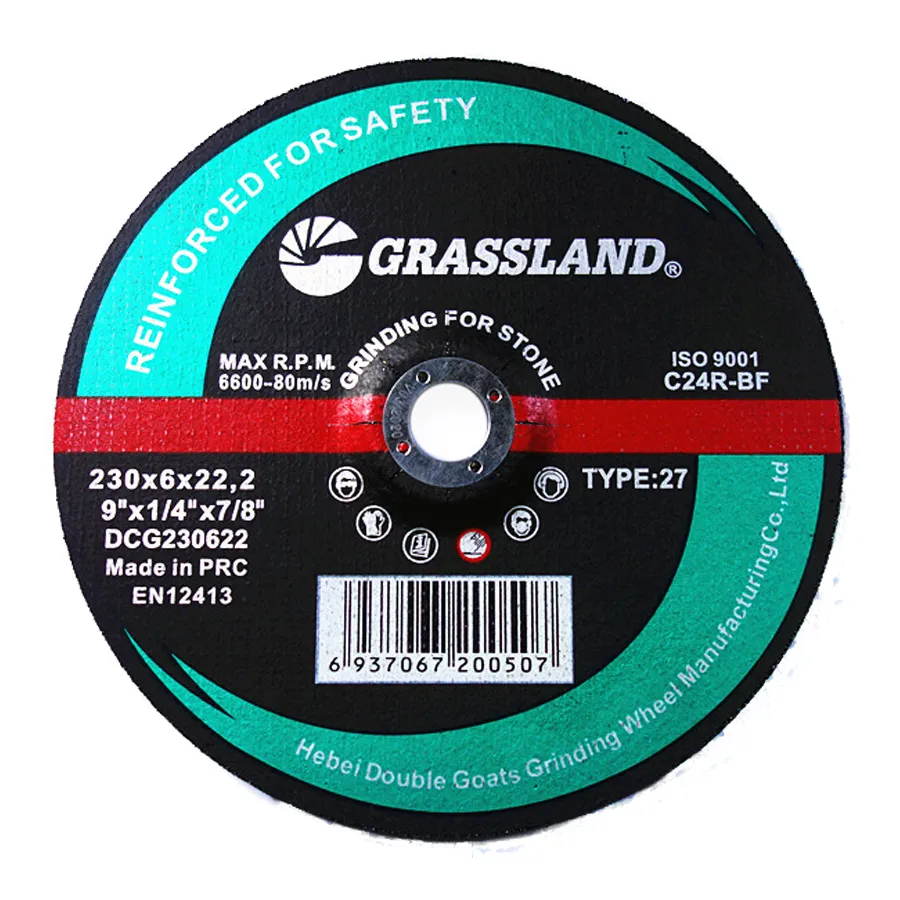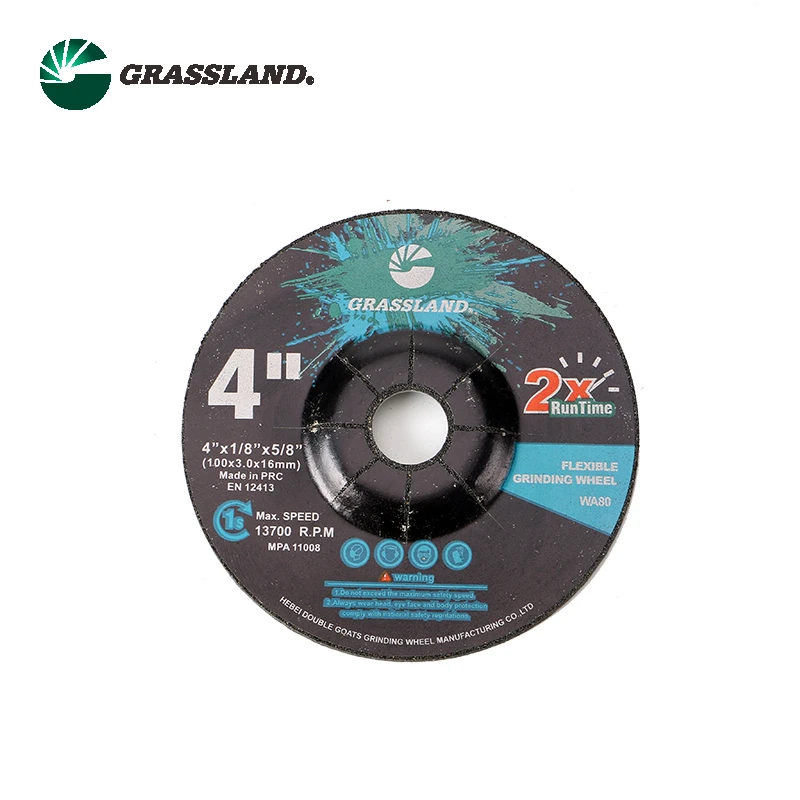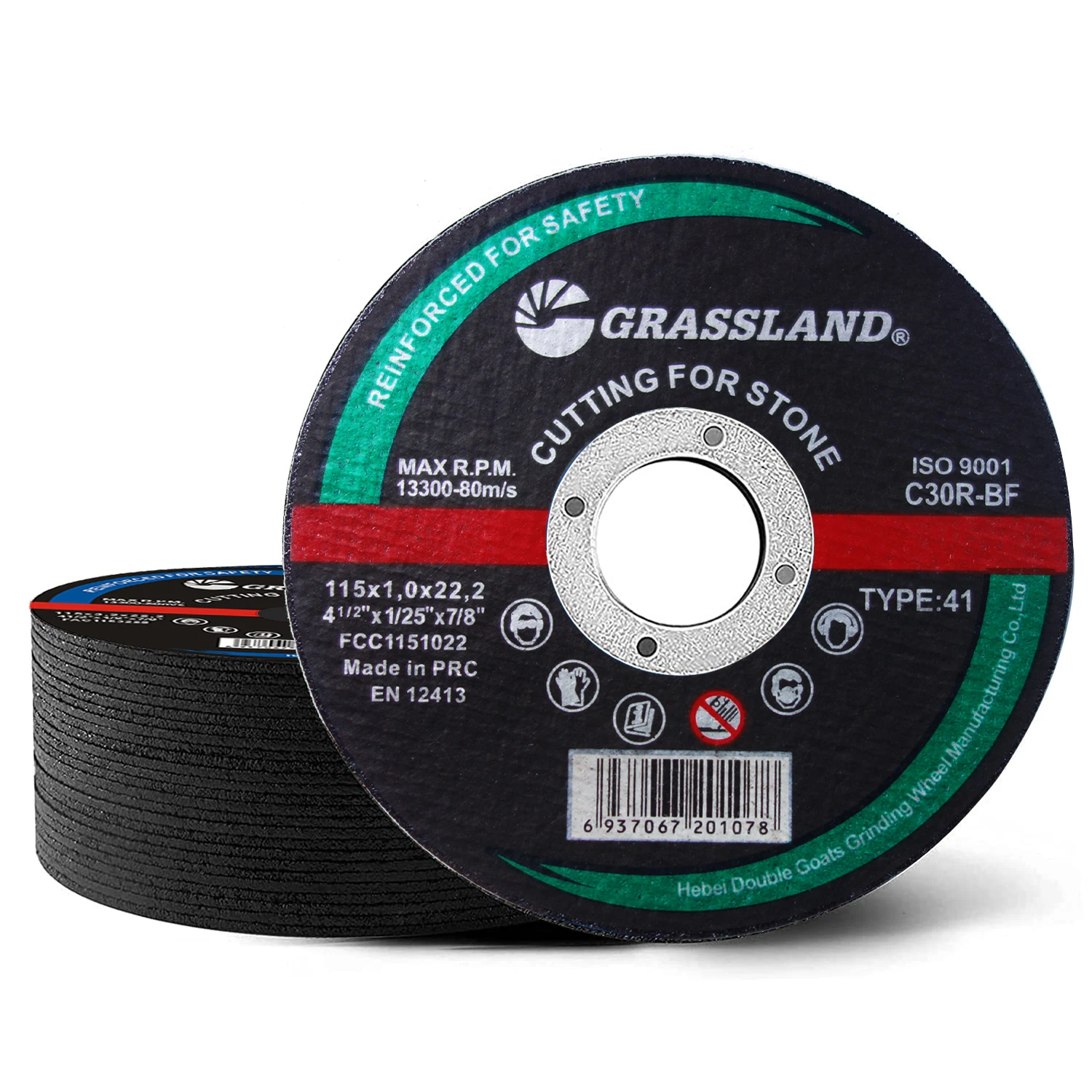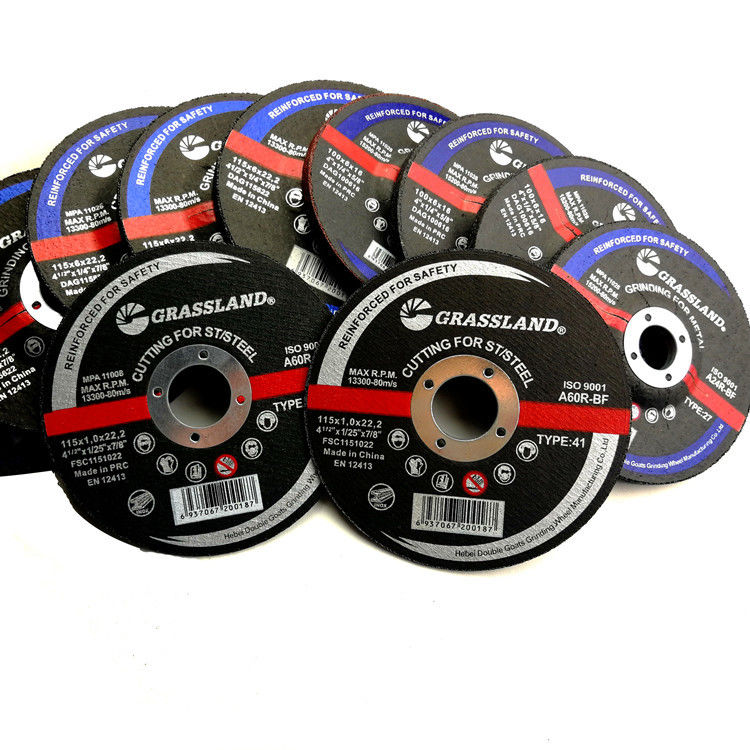Understanding Grinding Wheels and Sharpening Stones Essential Tools for Precision Cutting
In the world of metalworking, woodworking, and various crafts, the importance of sharp tools cannot be overstated. Whether you're a professional craftsman or a DIY enthusiast, having tools that maintain their sharpness can significantly impact the quality and efficiency of your work. Among the various methods to achieve sharp tools, grinding wheels and sharpening stones are two of the most common and effective options. Here, we will delve into their characteristics, uses, and benefits in tool maintenance.
What Are Grinding Wheels?
Grinding wheels are circular tools made from abrasive materials that are used primarily for grinding and shaping various materials, including metals and plastics. The composition of a grinding wheel includes a mixture of abrasive particles and a bonding agent, which holds the particles together. The type of abrasive material can vary, including aluminum oxide, silicon carbide, and diamond, each offering different levels of hardness and cutting efficiency.
These wheels are mounted on grinding machines, which rotate them at high speeds. This rapid motion, combined with the coarse nature of the abrasive material, allows for efficient removal of material from the workpiece. Grinding wheels come in various shapes and sizes, designed to perform specific tasks, such as sharpening, shaping, or finishing. They can also be tailored to work on different substrates, making them versatile tools in a workshop.
What Are Sharpening Stones?
Sharpening stones, also known as whetstones or oil stones, are traditionally used for honing and sharpening tool edges. They come in a variety of materials, including natural stones like Arkansas and synthetic options like aluminum oxide and diamond stones. Typically rectangular in shape, sharpening stones provide a flat surface on which the blade or edge is rubbed to renew its sharpness.
There are several types of sharpening stones, classified by their grit size. Coarser grit stones are used for repairing damaged edges and shaping blades, while finer grit stones refine the edge and improve its sharpness. The choice of stone depends on the condition of the tool being sharpened and the desired sharpness.
grinding wheel sharpening stone
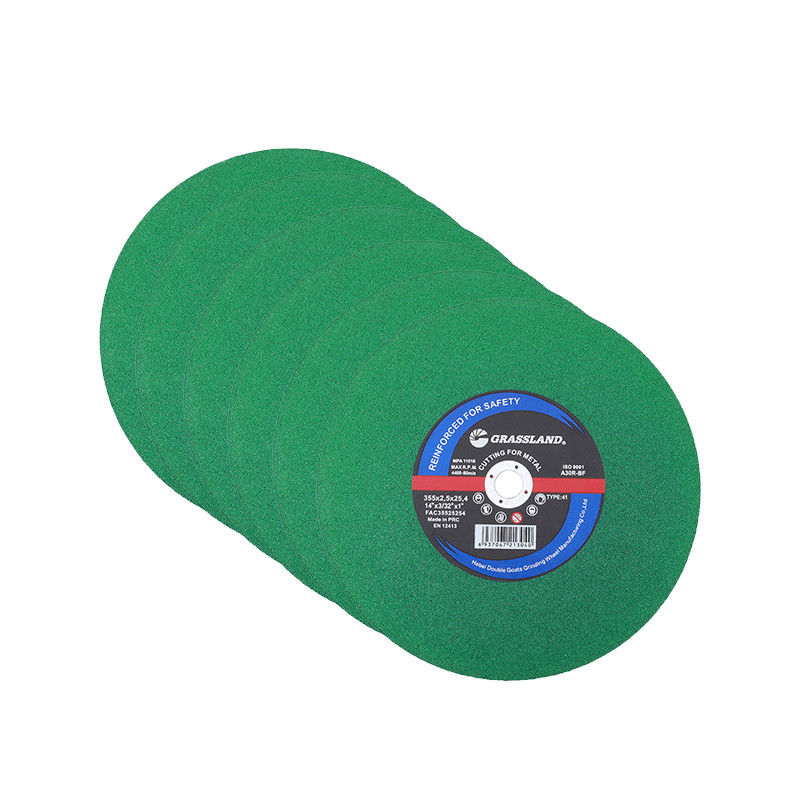
Comparing Grinding Wheels and Sharpening Stones
While both grinding wheels and sharpening stones serve the same fundamental purpose of sharpening tools, they do so in different ways and are suited for different applications. Grinding wheels are typically faster and more aggressive, making them ideal for heavy material removal. They are best suited for high-volume tasks in industrial settings, where efficiency and speed are paramount. However, they can generate significant heat, which may affect the temper of the metal if not used correctly.
On the other hand, sharpening stones provide a more controlled and gentle approach to honing an edge. Their slower action allows for precise sharpening, which is particularly important for fine tools, such as chisels, knives, and plane irons. The use of water or oil with sharpening stones helps to reduce friction and carry away metal filings, resulting in a cleaner sharpening process.
Choosing the Right Tool for the Job
The choice between a grinding wheel and a sharpening stone depends largely on the task at hand. For general maintenance and casual use, sharpening stones are often favored due to their ease of use and ability to refine edges without the risk of overheating. Conversely, for larger tools or when significant material removal is required, grinding wheels are the go-to option.
Regardless of the choice, both grinding wheels and sharpening stones are essential tools for maintaining the performance and longevity of cutting tools. Regular sharpening not only improves effectiveness but also enhances safety, as dull tools can lead to mishaps in the workshop.
Conclusion
In conclusion, grasping the fundamentals of grinding wheels and sharpening stones is crucial for anyone looking to maintain sharp and efficient tools. Understanding their characteristics and applications will enable users to make informed decisions about which tool to employ in different scenarios. Whether you choose the aggressive efficiency of a grinding wheel or the precision control of a sharpening stone, both tools are pivotal in achieving and maintaining the sharpness necessary for high-quality work.
Post time:Nov - 27 - 2024







